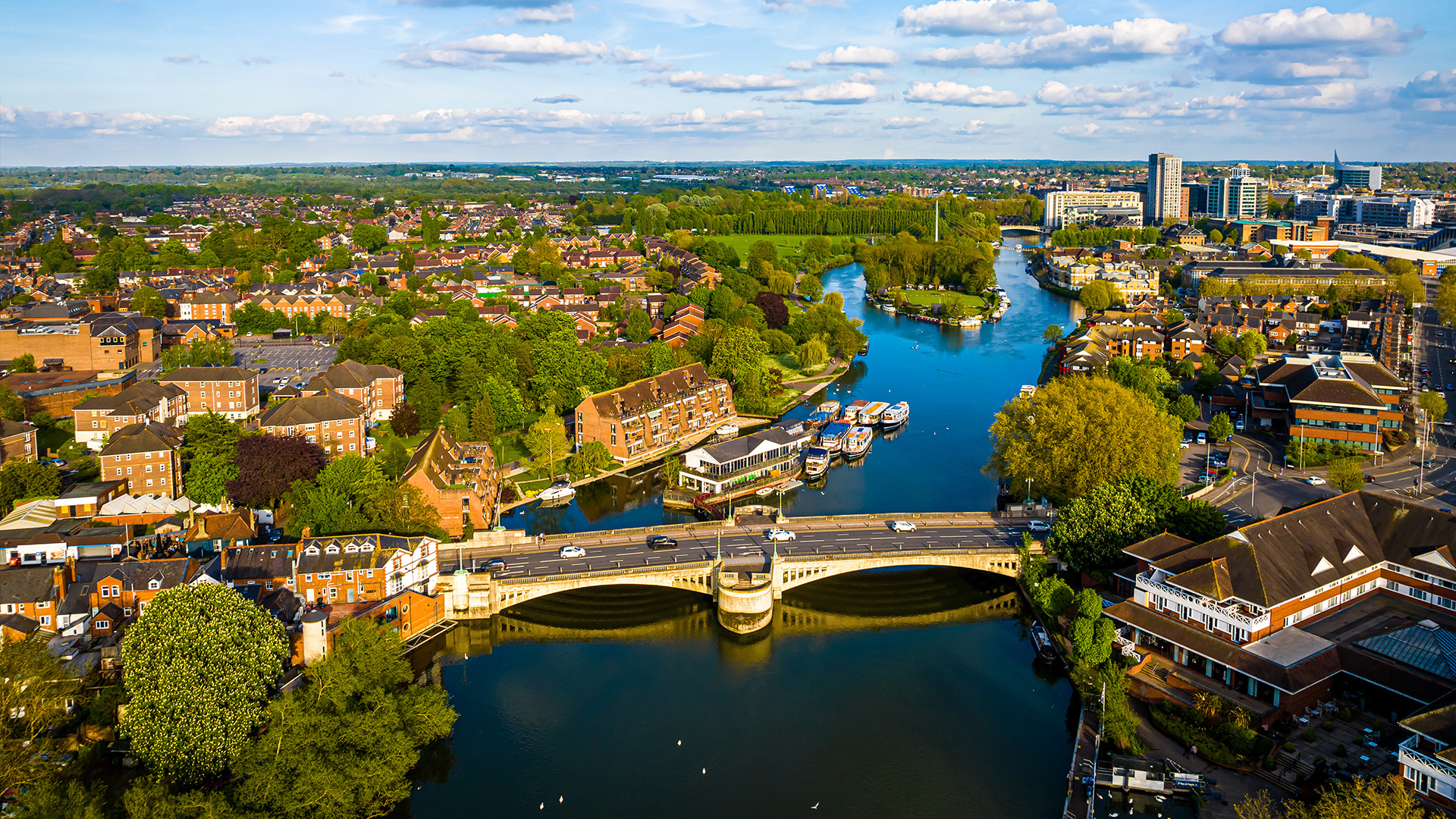Accredited surveys, treatment, and long-term removal of Japanese Knotweed in Reading and the surrounding Berkshire area.

on Google
Is Japanese Knotweed a Problem in Reading?
It is, and it’s more common than many residents realise. Reading’s location along the Thames, mixed housing stock, and steady urban development have created a breeding ground for Japanese Knotweed.
Whether you’re in Caversham, Whitley, or near the university, this invasive species can damage foundations, block planning applications, and cause mortgage refusals if left untreated. Our local team provides knotweed identification, treatment and removal with full insurance-backed guarantees.
Request a Japanese Knotweed Removal
Quote Today
It could cost you less than you think. Speak to us and we can arrange a survey at your convenience to understand the extent of the problem and provide you with an accurate quote.
How We Remove Knotweed in Reading
1. Remote Identification and Free Photo Check
Not sure it’s knotweed? Send us a photo and we’ll confirm within 24 hours. If we need to inspect it in person, we’ll arrange a local survey.
2. Survey and Treatment Plan
Our PCA-accredited surveyors will carry out a full on-site inspection and provide:
- A photographic report with mapping
- Treatment options with timelines
- Fixed pricing
- Mortgage-compliant documentation (KMP)
3. Treatment Options
Every infestation is different. We tailor solutions based on property type, access, and urgency:
- Herbicide treatment for long-term control
- Excavation and disposal for urgent clearance
- Soil sifting and screening where root fragments are present
- Root barrier installation in high-risk spread areas
All treatments follow PCA best practice and are carried out by trained, fully insured technicians.
4. Long-Term Guarantee
We offer 5, 10, and 35-year guarantees, with optional GPI insurance recognised by most UK lenders and insurers.










We're recognised by the PCA (Property Care Association) and are members of their Invasive Weed Group (GWC), as well as being RICS approved, TrustMark accredited and SafeCotractor verified.



Why Reading Has a Knotweed Problem
Reading has a combination of risk factors that make it prone to knotweed spread:
- Clay-rich soil and riverbanks, particularly along the Thames and Kennet
- Mixed-use redevelopment on older industrial sites and railway land
- Semi-detached and terraced housing where infestations spread across boundaries
- Increased infrastructure work, including new homes near Green Park and Calcot, disturbing historic rhizome networks
We've encountered major infestations in:
- Newtown and East Reading (often in shared garden boundaries)
- Caversham and Tilehurst (typically along watercourses and older brickwork)
- Shinfield and Whitley (near new-build sites and previously disturbed land)


Why You Shouldn’t Delay Knotweed Removal
Mortgage applications can fail without a plan
Many lenders working in the South East demand a PCA-accredited knotweed treatment plan.
It spreads silently through soil and drains
Even if it’s not visible, knotweed rhizomes can lie dormant and travel across property lines underground.
Excavation gets more expensive over time
Early treatment with herbicide is far cheaper than full excavation after structural damage.
Where We Operate in Reading
We provide full Japanese Knotweed removal across Reading and nearby areas, including:
- Caversham
- Newtown
- Whitley
- Tilehurst
- Shinfield
- Woodley
- Calcot
- Sonning
- Lower Earley
- Green Park
We also cover the wider Berkshire region and operate nationwide.
Residential
Whether you live in a riverside cottage or a city terrace, we’ll remove knotweed discreetly and with minimal disruption.
Commercial
We work with local builders, housing developers, and commercial landowners across Reading to remove knotweed before or during site works.
Working with Japanese Knotweed Specialists
We work across multiple sectors, both private and public, to offer our expert services, from consultancy to removal.












FAQs About Knotweed in Reading
How much does Japanese Knotweed removal cost in Reading?
Is knotweed common in Reading?
Yes. We see frequent infestations along the Thames, in older housing zones, and on brownfield land.
Do I need to treat it if it’s in a neighbour’s garden?
You are responsible for preventing it from spreading onto your land, and vice versa. Early dialogue and professional treatment are best.
Can I get a mortgage with knotweed on the property?
Yes, but only if you have a treatment plan and long-term guarantee from a PCA-registered company.
Will herbicide kill it completely?
Not always. Herbicide reduces and controls growth but doesn’t remove rhizomes. For full eradication, excavation is often recommended.
